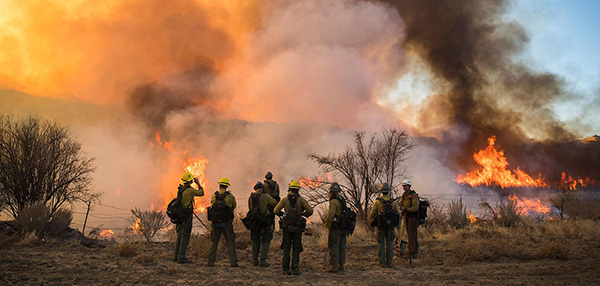Researchers from Rice University in Houston, Texas, United States, have found that climate change could potentially increase the size of stalled high-pressure weather systems (ridges) known as “blocking events,” according to global climate modelling simulations. Past studies had looked at how climate change might affect the number of blocking events, but these studies had not looked at the extent to which blocking events might change. In the northern hemisphere, such blocking events could increase the area affected by as much as 17 percent, resulting in larger extreme weather events that would affect more people and wildlife habitats. See also: Air pressure; Climate modeling; Extreme weather events; Global climate change; Meteorology

Persistent weather patterns associated with blocking events include cold snaps in winter and heat waves in summer as well as droughts and excessive rainfall throughout the year. Blocking events may stay in place for days, weeks, or even months. The most extreme blocking event ever recorded was a ridge that persisted from 2013 to 2015 off the Pacific Northwest coast of North America (Gulf of Alaska), known as the “ridiculously resilient ridge.” See also: Drought; Warm blob in the Pacific Ocean; Weather
Extreme weather events can be costly. The U.S. National Oceanic and Atmospheric Administration (NOAA) estimates for 2019 are not in yet, but in 2018, NOAA reported three U.S. climate and weather events (Hurricane Michael, October 2018; Hurricane Florence; September 2018; and Western wildfires, summer-fall 2015), each with damages costing more than $20 billion. Increasing the size of stalled weather patterns may not only affect more people, but such weather events may also result in greater economic impact. See also: Forest fire; Hurricane





